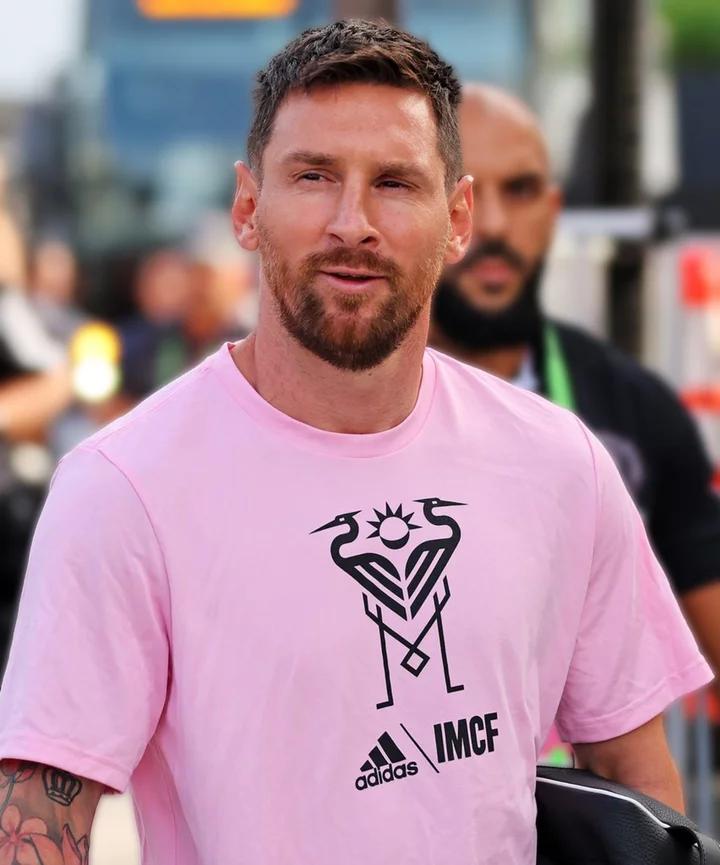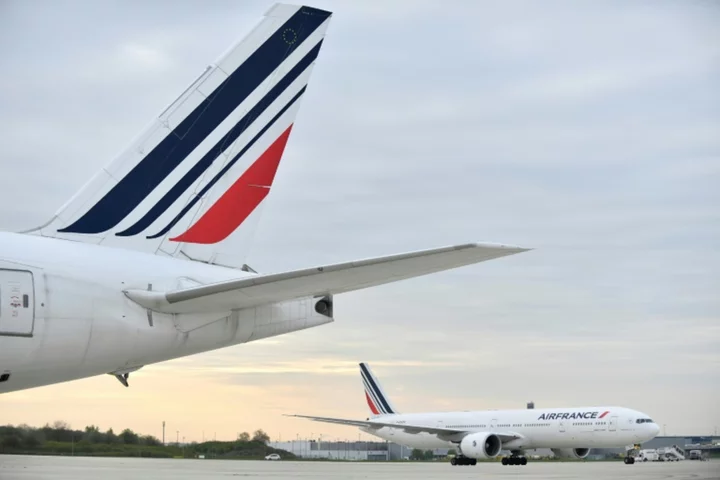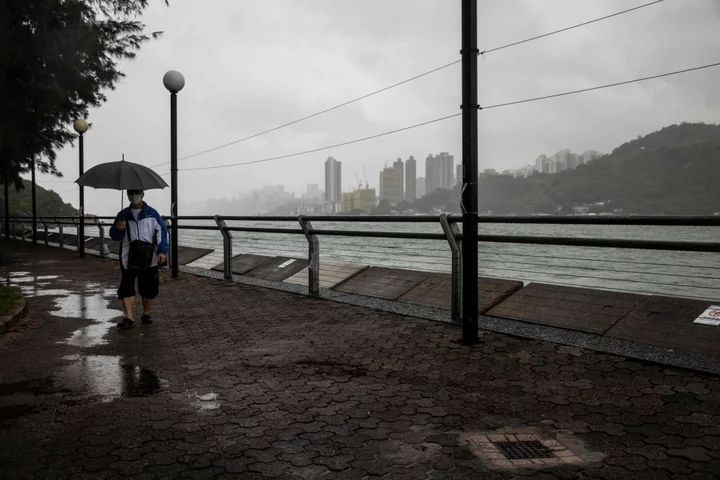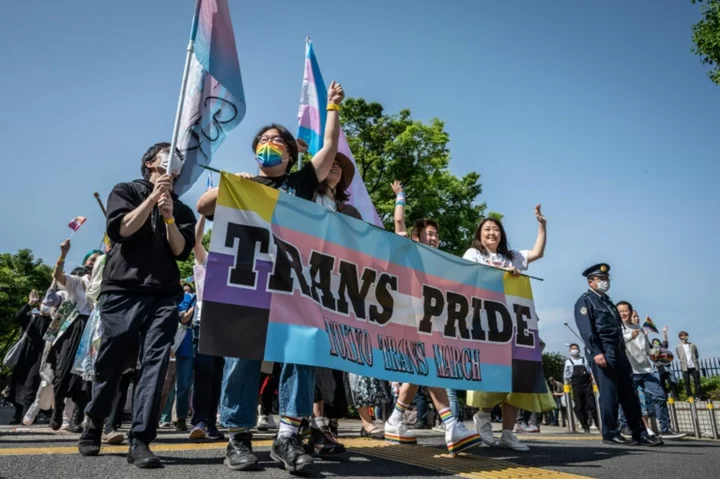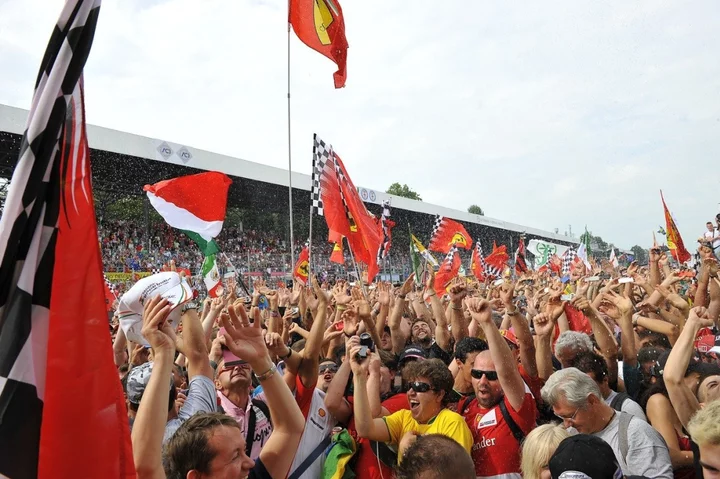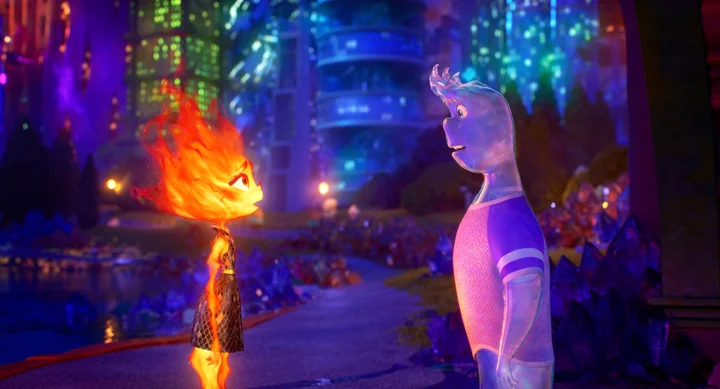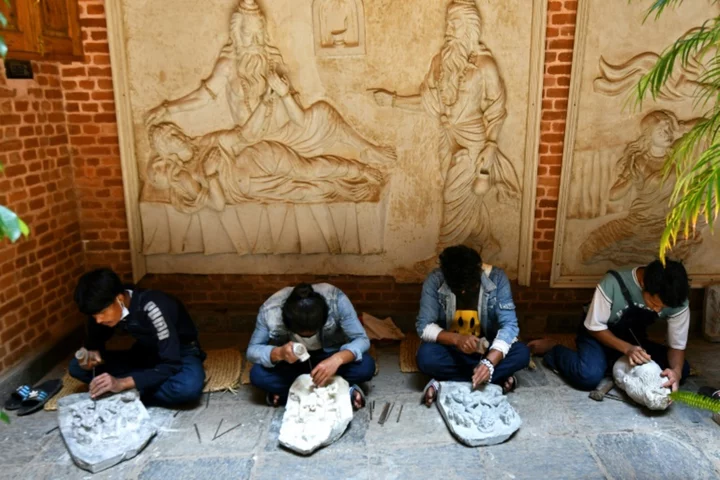Last Friday, July 21, I was one of about 21,000 fans who filled the sold-out DRV Pnk Stadium in Fort Lauderdale, Fla. This wasn’t a regular weekend in South Florida, as Lionel Messi — the greatest fútbolista of all time — was making his U.S. debut on Inter Miami.
ESPN reported that the average listed price for Inter Miami’s season has increased by 716% since Messi announced back in June that he was joining Major League Soccer (MLS) while Forbes reported a 500% climb in ticket costs. Whatever the exact percentage may be, the truth is, whether you’re watching at home or in that stadium, this is more than a historical moment, it’s a historical movement — especially for Latine fans.
Growing up Colombian-American, I knew what fútbol represented in my community: unity, joy, and even hope. I remember watching all the tournaments, not because I grew up playing the sport, but because of the energy that surrounded it, the tense wins and celebratory gatherings that filled those around me with pride.
From the internationally followed World Cup to the mostly Latine-viewed Copa América to the more local South American leagues where I’d follow Atlético Nacional (my family’s preferred Colombian team based in Medellín), I was always in close proximity to fútbol culture.
Now, with Messi’s Inter debut, I am confident that American sports culture will be changed forever. The three most popular sports in America have always been American football (not to be confused with fútbol), basketball, and baseball. With an internationally renowned super star like Messi joining Major League Soccer in America for the first time — our comunidades are set to change by captivating new audiences.
With Messi’s Inter debut, I am confident that American sports culture will be changed forever.
There are, after all, more than 60 million Latine people living in the U.S., quickly taking over as the largest demographic in younger age groups, and our culture is shifting rapidly. Latines are celebrating many first-time wins in American culture.
Latine musicians are largely responsible for our culture-shifting contributions, like Bad Bunny who set the world record for the highest grossing tour with “Un Verano Sin Ti,” and Karol G making history with her latest album, Mañana Será Bonito, the first all-Spanish-language album by a female artist to reach number one atop the Billboard charts. But outside of music, television, and film, there is a whole new opportunity for Latines to shift American culture: Sports!
“Being a music journalist, I always understood fans that travel to see their favorite artists. But I realized that people also travel to see their teams and star players,” Grecia Lopez, Mexican-American and Miami-based music journalist, tells Refinery 29.
Lopez, who relocated to Miami three years ago from Los Angeles, has watched the revival of the Inter Miami fútbol team since it was purchased in part by David Beckham in 2021. “It was known as a losing team. I had friends who would drive to the stadium in Fort Lauderdale in traffic to go support their team, despite their losses. With Messi’s arrival, Inter Miami became a winning team overnight and that brings pride to its locals.”
She’s right. The days in Miami leading up to Messi’s debut game were any Latine person in the U.S’s dream-come-true. Adidas, one of the biggest sponsors of MLS, and who invited me to watch Messi’s debut, made sure that everyone knew Messi would be going from a beloved South American athlete, to an Argentine fútbolista representing Latines in and outside of the states.
“Impossible is Nothing,” is not a slogan Adidas takes lightly. The sports brand designed a custom cargo ship to sail from Guatemala to Miami with a snapshot of Messi, the famous three-stripe logo, and this slogan, a literal symbol that Latin American culture has made its way to America, and is ready to be felt and seen.
Whether the red state of Florida likes it or not, it is home to some of the biggest immigrant communities in the states. Gov. Ron DeSantis recently signed an inhumane immigration law restricting and penalizing the employment of undocumented workers in the state that has left these communities devastated. Yet, beyond these terrible laws, exist communities of people who are proud of where they come from. For Latines, soccer is more than a sport, it’s an opportunity to come together and be proud of our culturas.
“I felt like I was closer to home,” says Camila Ramón, Argentinian athlete and Peleton instructor, after attending an Inter Miami game earlier this summer. Ramón, who was born in Argentina and migrated to Miami, explains that while Messi is everyone’s star player, at home he’s “like God.” Before Messi’s debut and after the announcement of his signing, she recalls benches of the DNV Pink Stadium packed with Argentinians already awaiting Messi’s arrival and the nostalgic feeling of being back home. With predominantly large groups of Cuban, Haitian, and Colombian migrants, as well as other groups from all across Latin American and the Caribbean — Florida’s anti-immigration government doesn’t stand a chance against our pride and presence.
“In Haitian culture, soccer is life,” says 21-year-old fútbol player Shanyder Borgelin, who also plays for Inter Miami and played his first professional fútbol game for the Haitian national team while he was barely a teenager. (He credits his Haitian culture for introducing him to fútbol and uses it to represent his country on a national level by participating in the Haitian league.) Born in Broward County, Fla to Haitian parents, Borgelin remembers sitting in front of the TV watching fútbol and learning from other Latine greats. “Growing up, Barcelona was my favorite team and my dad would have me watch Ronaldinho and Messi.” Now, he shares a locker room with one of his idols.
Fans also hope Messi will elevate the play of MSL. At just a couple decades old, the newer sports league isn’t as well respected as other professional leagues in America. “It always had this reputation of being an easy league, but with Messi coming here it changes the whole perspective. It shows growth, and the beginning of a future where more big names will join the league,” says Borgelin.
And attract more audiences. “With Messi coming to Miami, there’s all this attention being brought to soccer. The celebrities that were there [at his opening match] like Serena Williams, Kim Kardashian, Lebron James — even the people who don’t think about soccer are intrigued,” says Panamanian journalist Lissete Lanuza-Sáenz.
With the arrival of a star athlete in the league captivating the attention of some of the most influential American figures, Major League Soccer is set to rapidly change. Not only in America where sports fans who previously didn’t care for the soccer league are tuning in and paying close attention, but also outside of it. “I think no one in Latin America actually cared about American Major League Soccer,” says Lanuza-Sáenz. She adds that while they follow Brazilian, Argentinian, and even the Mexican fútbol leagues closely — Panamanians would previously prefer to watch American sports leagues only for basketball and football. “For the first time, I’m seeing restaurants in Panama streaming Major League Soccer.”
While fútbol in the U.S. was always an afterthought due to the popularity of other major sports leagues, Messi coming to Miami proves that Major League Soccer is on the rise. With fútbol on the rise, so are our public displays of Latine pride.

